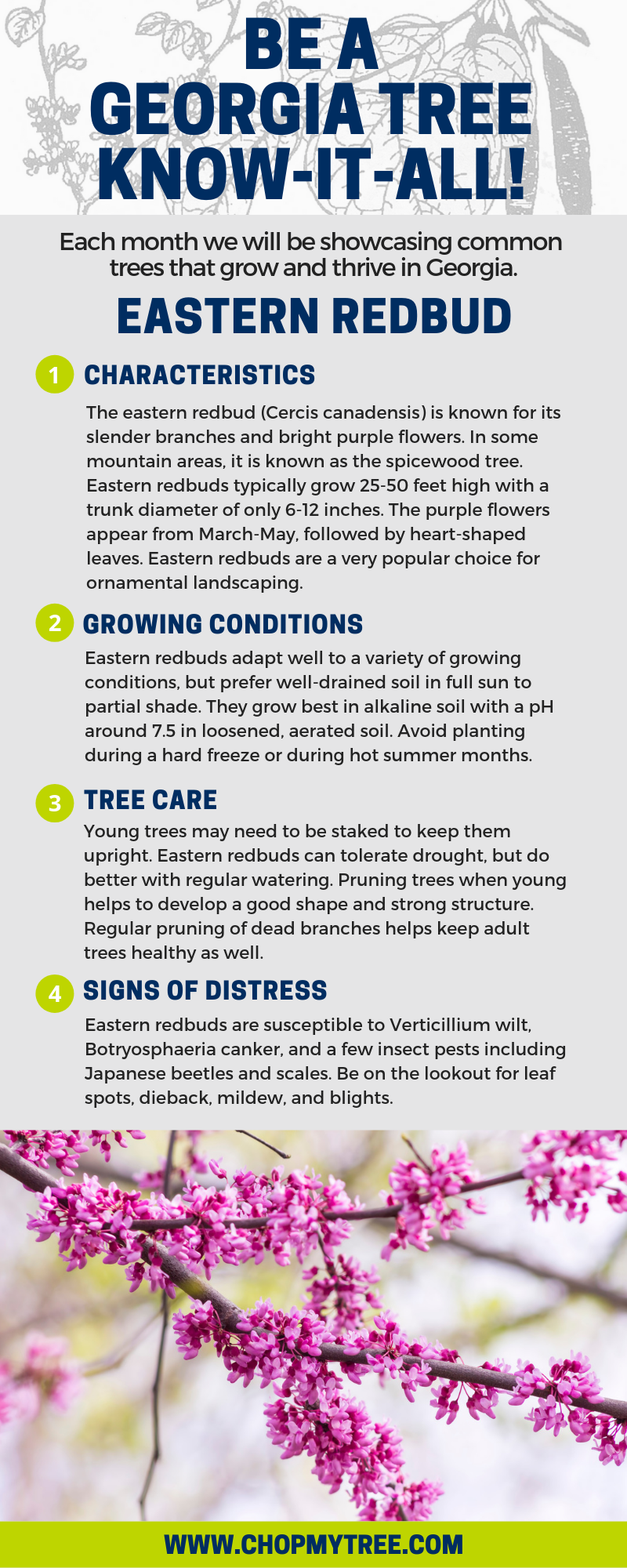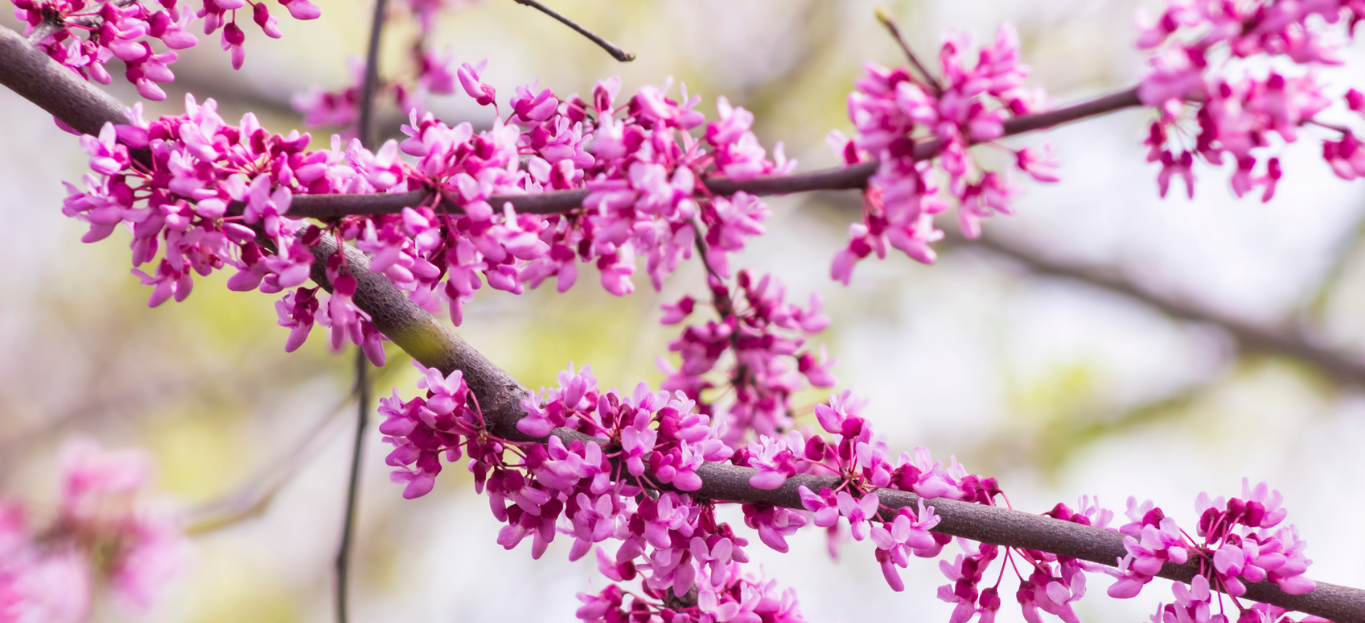No doubt you recognize dusty yellow pollen when you see it, and your nose is certainly familiar with it. But what exactly is it? Why does it cause the trouble it does? And what steps can you take in the yard and home to minimize your issues with it? Never fear; Premier Tree Solutions is here to answer these questions and more.
Just what is pollen, anyway?
The short answer: “Pollen is the male fertilizing agent of flowering plants, trees, grasses, and weeds,” explains the American Academy of Allergy, Asthma and Immunology, adding that “Pollen from plants with bright flowers, such as roses, usually do not trigger allergies.” However, the AAAAI continues, “many trees, grasses, and low-growing weeds have small, light, dry pollen that are well-suited for dissemination by wind currents. These are the pollens that trigger allergy symptoms.”
The first step in managing pollen, therefore, is to try and avoid the trees that produce the most of it.
Planting wisely
Some trees are much more allergenic than others. If you’re headed to the nursery this spring or summer to select new landscape specimens, TruGreen advises considering dogwood, Bradford pear, crepe myrtle, apple, and cherry. Each of these is quite allergy-friendly and will leave you feeling more peaceful all pollen season long.
On the other hand, steer clear of ash, elm, pine, and maple, all of which produce heaps of pollen.
Managing allergies to trees
You can also tend your indoor and outdoor environment in ways that minimize pollen in your space and therefore reduce your allergic reactions. Steps include:
- Taking off your shoes at the front door
- Sweeping, vacuuming, mopping, and dusting regularly
- Cleaning out (and off) your car regularly
- Washing clothes that have been in pollen-rich environments right away
- Keeping an allergy kit on hand at all times, including inhaler, allergy meds, Kleenex, and eye drops
Proper tree care
Lastly, it’s possible that with the right tree care, you can manage your allergies a bit better. For instance, regular pruning can reduce the number of pollen-producing parts on a tree and therefore significantly reduce your reactions.
Make sure you don’t take shears to your trees and shrubs unless you really know what you’re doing, though. However tempting it might be to just chop the tops off your trees or hack away at limbs to deal with your allergies, don’t. You can ruin the look and health of trees and end up with a much more expensive tree removal job on your hands.
That’s where a certified arborist comes in. Call Premier Tree Solutions to set up a consultation and start making headway against the sniffles today!








